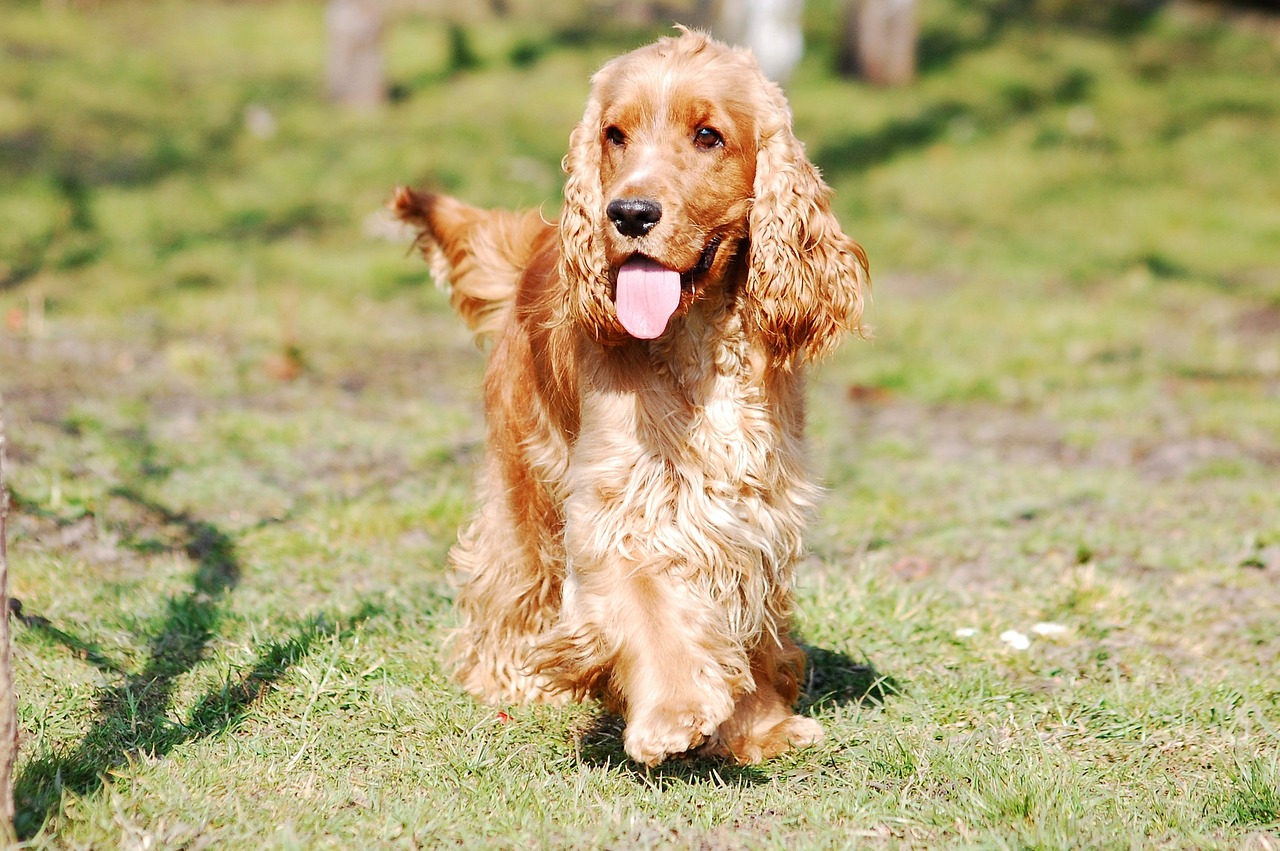
Researchers have found that dogs know the names of their favorite toys.Continue reading

A major component of intelligence, the so-called ‘g factor,’ also exists in dogs and is similar to the human g factor in many features, including ageing patterns. Studying it may bring researchers closer to understanding the organization of human cognition and the process of age-related cognitive decline, researchers from the Department of Ethology at Eötvös Loránd University (ELTE) wrote in a recent study published in the journal GeroScience.
Human cognitive abilities are organized in a hierarchical structure, with the so-called general intelligence factor, the g factor, at the top of the hierarchy. This is a pillar of intelligence, encompassing and influencing all the cognitive skills below it, and is also associated with academic and workplace success and progress.
In their latest study, ELTE researchers investigated the existence of a similar general intelligence factor in dogs.
Borbála Turcsán, one of the lead authors, writes that although the cognitive performance of dogs is a popular topic in scientific literature, studies have so far neglected to investigate how much difference there is between individuals and why. Almost nothing has been known about the structure of cognitive abilities in dogs.
To investigate this, the researchers measured and followed the cognitive performance of 129 family dogs aged between three and fifteen years for two and a half years.
They identified two broad cognitive skills: independent problem solving and learning ability. The two skills were correlated, so dogs with better problem-solving skills tended to learn new tasks faster, confirming that there is a higher order, with the general intelligence factor linking them.
Based on the human-based literature, this was called the g factor by the researchers, who also wanted to confirm whether this could indeed correspond to the human g factor, explained Tamás Faragó, a researcher in the Department of Ethology.
The results showed that dogs with high g factor scores were more willing to explore unfamiliar environments, more interested in novelty, and performed better in other learning situations. In addition, the dogs’ g factor scores were also associated with their personality, as measured by a questionnaire completed by the researchers.
High g factor scores were associated with high activity, education, and trainability, demonstrating that dogs’ g factor is similar to that of humans not only in structure but also in external context.

Photo via Pixabay
In addition to the many parallels between the canine and human g factors, the study of canine cognitive abilities has opened up new perspectives in the field of ageing research. “It is known that in older age, dogs’ attention, learning ability and memory naturally decline. However, if cognitive abilities are interrelated, it may well be that
their decline with age is not independent of each other, but that there is a common underlying factor behind the decline in different abilities,”
stressed Zsófia Bognár, another lead author of the study.
The researchers also tracked changes in the dogs’ cognitive performance over two and a half years, showing that long-term assessments do indeed show global cognitive decline, with the g factor decreasing with age. However, this relationship was also affected by health status: dogs in poorer health had a more rapid decline in g factor as they aged, whereas dogs in good health showed no detectable change as they aged. This pattern of ageing is similar to human ageing and may help to later find and identify the molecular and neurological causes of cognitive decline.
Via MTI; Featured image via Pixabay